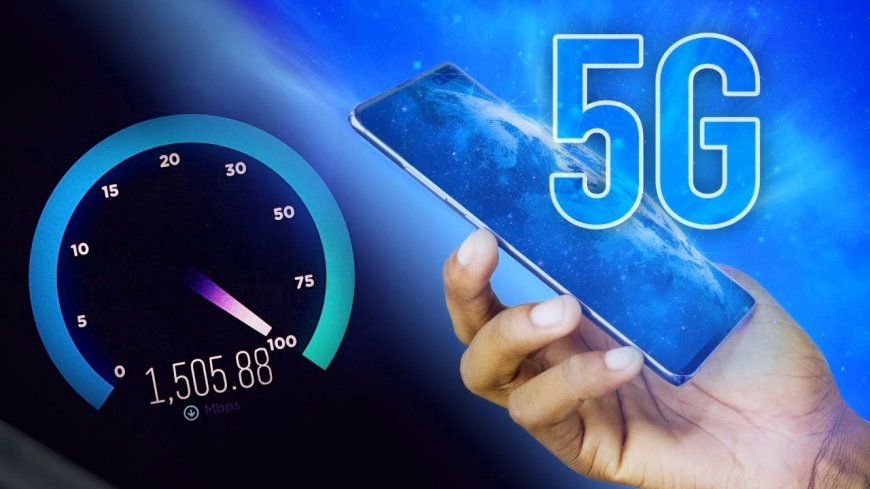Not all 5G mobiles are the same: differences between SA, NSA, Sub-6 and mm Wave
We explain the types of 5G that mobile phones will incorporate. The new mobile telecommunications networks are broken down into

The new generation networks are being implemented little by little and with some differences. We explain the types of 5G that mobile phones will incorporate. The new mobile telecommunications networks are broken down into a series of acronyms that are often confusing. For the technicians of the sector, those accustomed to using terminology, the connoisseurs; for all of them there is no problem. But the common user enters a new world when it comes to the types of 5G.
The mobiles that appear with the new connectivity do not always have the same characteristics. There are different types of 5G, defined by different acronyms: 5G NSA, 5G SA, Sub-6 or mm Wave. Below we explain what each of them means, what are their differences and with which mobiles they are associated.
By the way, someone can come across these other acronyms: 5G NR. They simply mean 5G New Radio, that is, 5G as such. From here the differences begin. As is often the case when adopting technology, the processes are gradual. It does not matter that it is already developed or conceptualized. Normally you have to go little by little. The same is the case with the new telecommunications standard, the first rollouts of which have already begun.
Mobile with 5G NSA
The 5G non-standalone or NSA is the first step in the deployment of the new networks. The radio spectrum destined for 5G is used but 4G infrastructure is needed to function properly. This is used in the nucleus, to transmit certain necessary information that allows to establish connection with the antennas. It is an agile way of bringing the first benefits of 5G to the user. Thus it is not necessary to wait for a full deployment of the technology.
Must Read: Social Commerce: 8 reasons to trust your success
The 5G SA will allow much higher speeds and also very low latency. Now, a distinction can be made between mobiles compatible with this technology. The frequencies on which the new network operates move in different parts of the spectrum. Each of them is more suitable for certain processes or in certain environments. And here comes the next difference.
Mobile with 5G Sub-6
Within the different types of 5G, the Sub-6 works with frequencies that are below 6 GHz. Several of them are destined for the new network. They are divided into low frequencies and medium frequencies. The former are essentially in the 700 MHz band, used by DTT until recently. Although the 1500 MHz could also be used, in order to increase capacity.
These low frequencies suffer less interference due to physical obstacles, such as walls, or atmospheric conditions. Hence, they are used to cover a large portion of space, to cover a wide geography. The mid frequencies, on the other hand, represent a balance between high speed and good coverage. Therefore, they are suitable for urban environments. They are those that are between 3.4 GHz and 3.8 GHz. Although in Spain the operators will use the 2.6 GHz band as a complement to the previous ones.
All that have SA can operate on this type of Sub-6 frequencies. This is what those mentioned in the previous section do. However, only some of them are compatible with the frequencies that complete the capabilities of the new standard: mm Wave.
Mobiles with 5G mm Wave
Another part of the spectrum remains to be used. They are the high frequencies, above 24 GHz. They are called mm Wave or millimeter-wave. They have less penetration when it comes to providing coverage, but they display the full potential of 5G. They are the ones that allow you to reach the maximum speeds and the minimum latency
There are not many phones yet that are compatible with mm Wave yet. Some examples are the Huawei Mate XS, the Samsung Galaxy S20 5G or the iPhone 12. However, the Apple terminal will only be 5G mm Wave for sale in the United States. There the deployments of this technology in high frequencies are more advanced, in comparison with other regions. In the rest of the world, at the moment the Cupertino smartphone will only be 5G Sub-6.
The 5G mm Wave will be reserved for the most demanding services. And it is that to offer coverage with these high frequencies it will be necessary to install a large number of antennas. The cost of deployments increases even more at this point, because in urban areas, with high population density, investment in infrastructure should be important.
